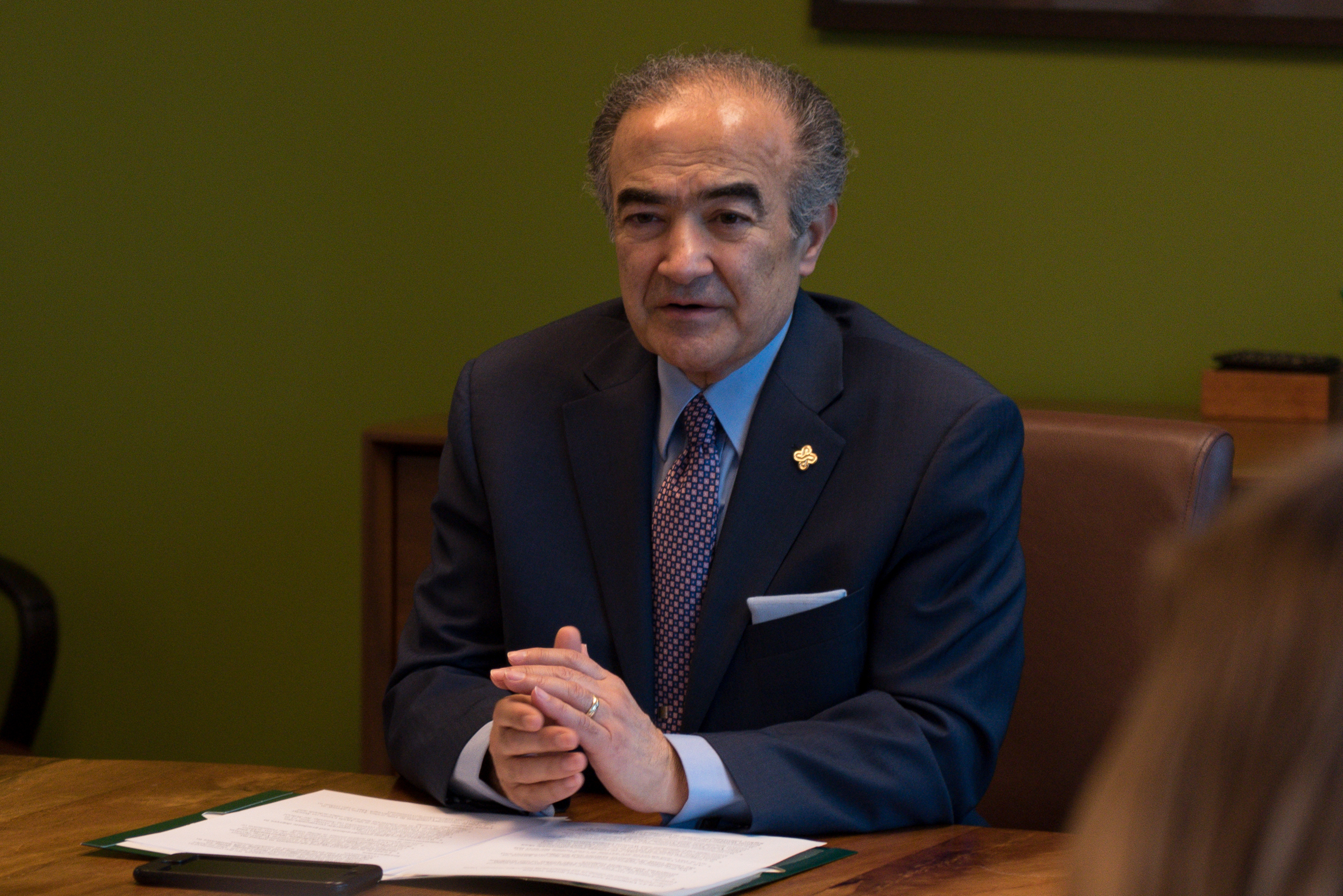Golf courses can promote biodiversity in urban areas when strategically designed and managed, especially in environments where wildlife might seek shelter or refuge. While comprehensive data and dedicated studies on this holistic approach are currently limited, management strategies are increasingly shifting towards recognizing and leveraging golf courses for their potential contributions to conservation efforts.
It is essential to understand golf courses’ primary composition, maintenance and the shift towards a holistic approach instead of the traditional one.
Golf courses commonly feature turfgrass, which most individuals recognize as grass or lawn. Turfgrass systems find applications in various settings, encompassing areas such as front yards, recreational spaces, sports fields and parks.
Humans actively manage artificial systems like turfgrass, which differ from natural ecosystems such as prairies or meadows. Natural systems of grasslands have more spatially sowed seeds and offer a range of plants working in tandem to cohabitate. Where other plants and species would offer nutrients to the soil, artificial systems need artificial nutrients.
While lawns may not be a natural feature of wild ecosystems, they are a prevalent and integral aspect of urban environments which most people are accustomed to. Lawns are common green spaces which people are familiar with, and this familiarity can influence how they perceive and address the issues and challenges associated with these artificial systems.
Lawns are often monocultures, meaning they are one crop variety artificially maintained in one location. We have a lot of monoculture, usually with vegetation grown and harvested for consumption. The problems we see with lawns are often similar to those with agriculture—the threat of deforestation, soil erosion, water irrigation and a need for chemical fertilizer.
The key difference with golf—compared to other sports using turfgrass—is the amount of space golf courses occupy. According to the Golf Course Superintendents Association of America, an average 18-hole golf course spans about 160 acres, with 95 acres of maintained turfgrass. In contrast, a football field covers just 1.89 acres of turfgrass. This vast land usage sets golf courses apart in terms of space requirements.
Golf has a distinct advantage due to the various available courses, allowing for initiatives that promote greater biodiversity and sustainability. According to the department of horticulture at Oregon State, turfgrasses can achieve carbon neutrality and even serve as carbon storage with the notable exception of areas heavily maintained, such as golf courses and sports fields.
“Intensive management practices such as frequent application of inorganic fertilizers, irrigation, and fuel consumption from mowing and leaf blowing all decrease the likelihood that urban turfgrass ecosystems can mitigate greenhouse gas emissions in cities,” a University of California, Berkeley article stated.
Water conservation is currently a significant priority, particularly in Oregon. Despite the perception of ample water resources, the changing climate necessitates a shift in focus. A school of law graduate student from Seattle University explored the potential for golf courses to adopt sustainable practices, such as utilizing reclaimed and recycled water or transitioning to drought-tolerant grass. These adaptive strategies address water scarcity and mitigate concerns related to irrigation contaminants, presenting promising opportunities for the industry.
Golf courses operate in open environments, which means the fertilizers and pesticides they use have the potential to contaminate water systems through runoff. Journal of Environmental Management published a review which delved deeper into the concerns raised by watershed managers regarding golf courses serving as a significant source of nutrient loading in bodies of water. Consequently, there is a strong emphasis on improving irrigation management and fine-tuning nutrient application to prevent overuse and the subsequent pollution of waterways.
Management practices have enhanced the capacity to contain runoff and improve surface water quality and quantity. Despite regulatory changes since the 1980s, maintaining golf course landscapes still involves the application of fertilizers, posing a potential risk of watershed contamination and pollution. This highlights the ongoing need for responsible management practices to balance the maintenance of these landscapes with environmental conservation efforts.
While often adhering to United States Environmental Protection Agency regulations, pesticides and chemicals commonly used for maintenance can still have harmful effects. As science uncovers the secondary impacts of these chemicals and regulations evolve, there is a shift towards adopting biological pesticides and improved practices which minimize chemical use.
Best management practices guide golf course management towards greater sustainability. The department of soil science at the University of Wisconsin recommended reducing pesticide application on fairways and implementing lower-risk pesticides within newly developed frameworks as part of this shift towards more environmentally friendly practices.
Portland strongly emphasizes sustainability. This is particularly evident in its five public golf courses which prioritize ecological impact.
Our primary focus should revolve around our perception of green spaces and our access to nature. When considering more ecologically sustainable land-use alternatives, we must define the benefits we seek and determine how we value these green spaces.






